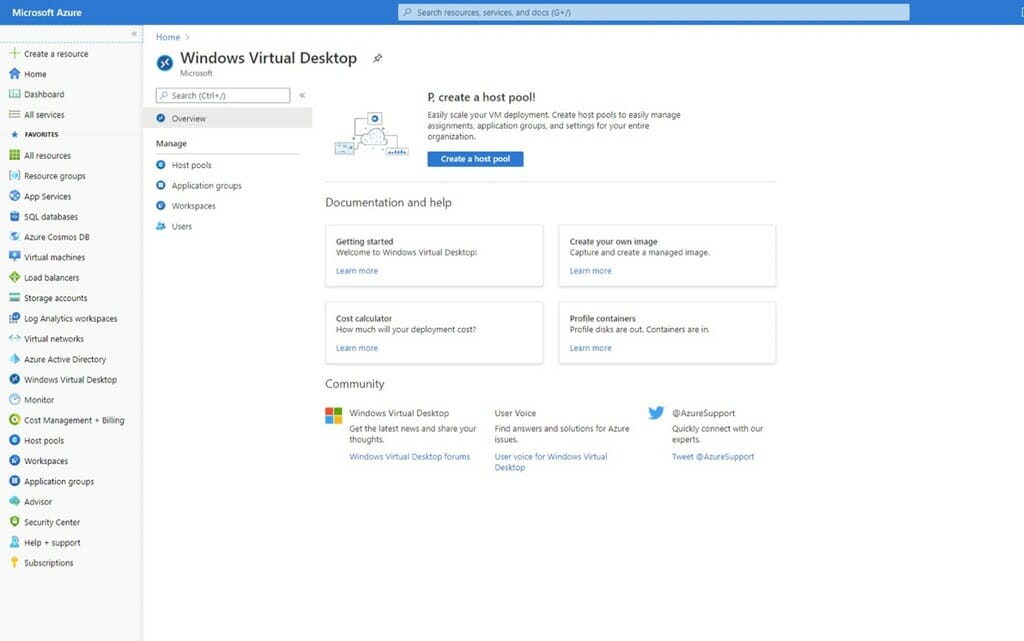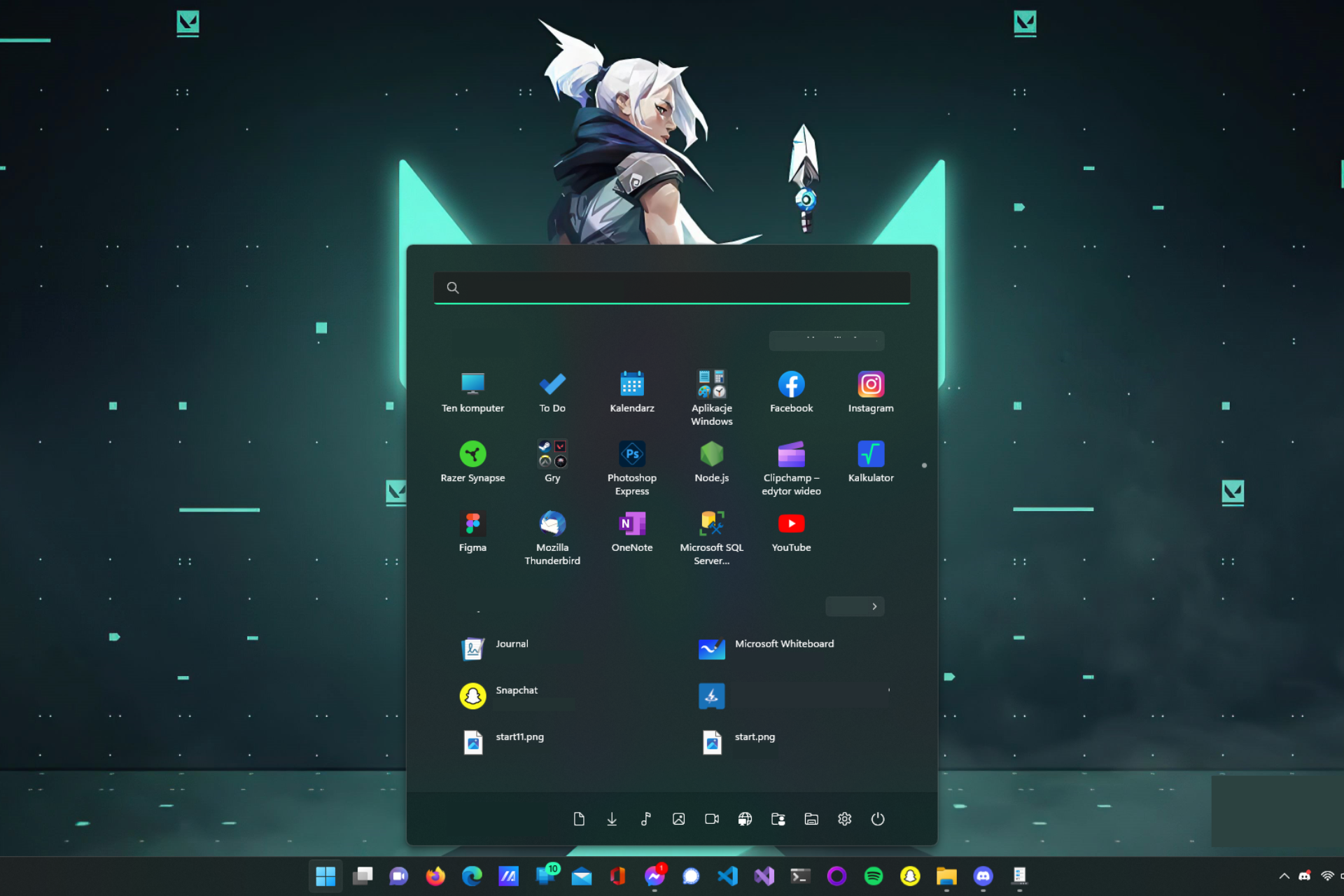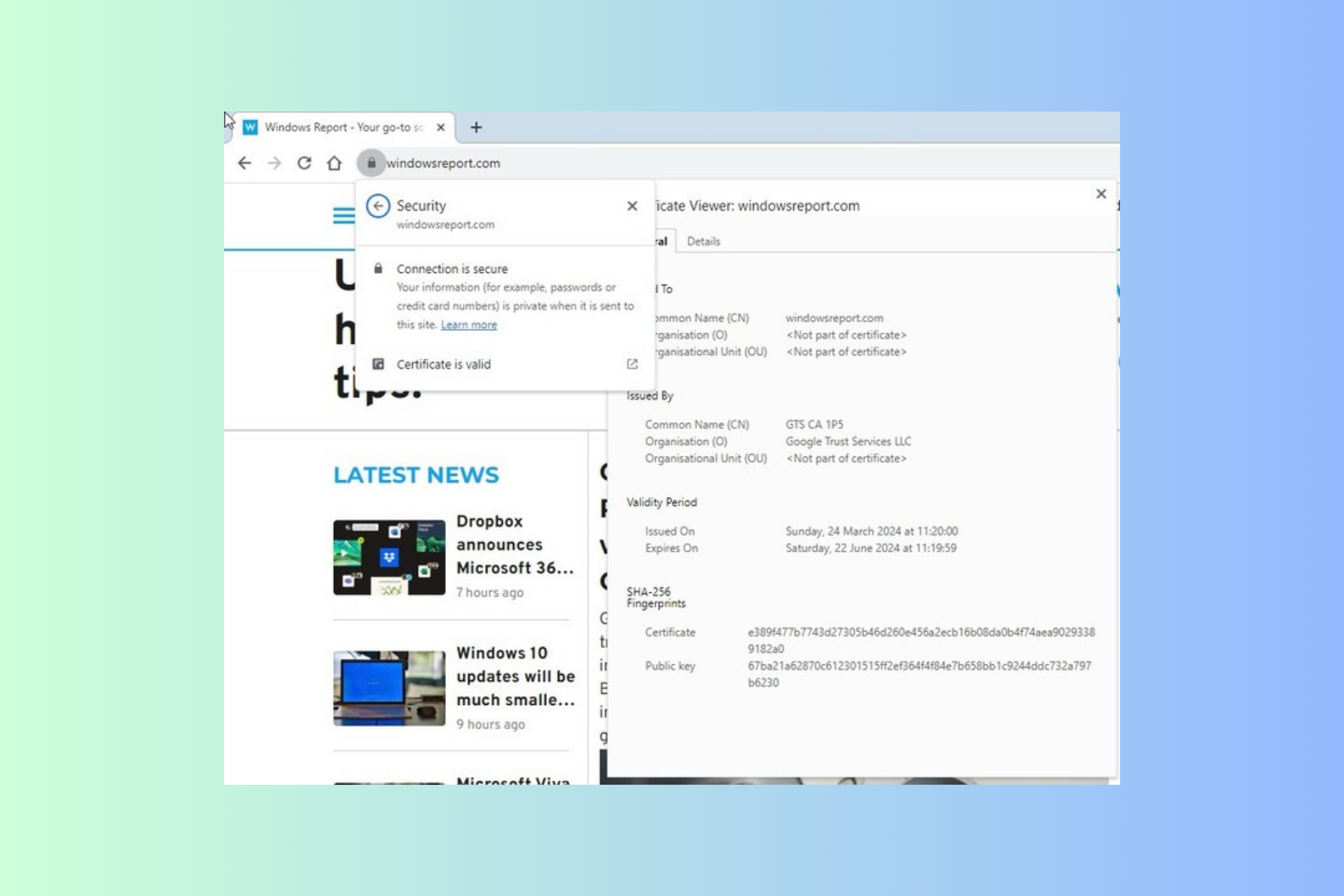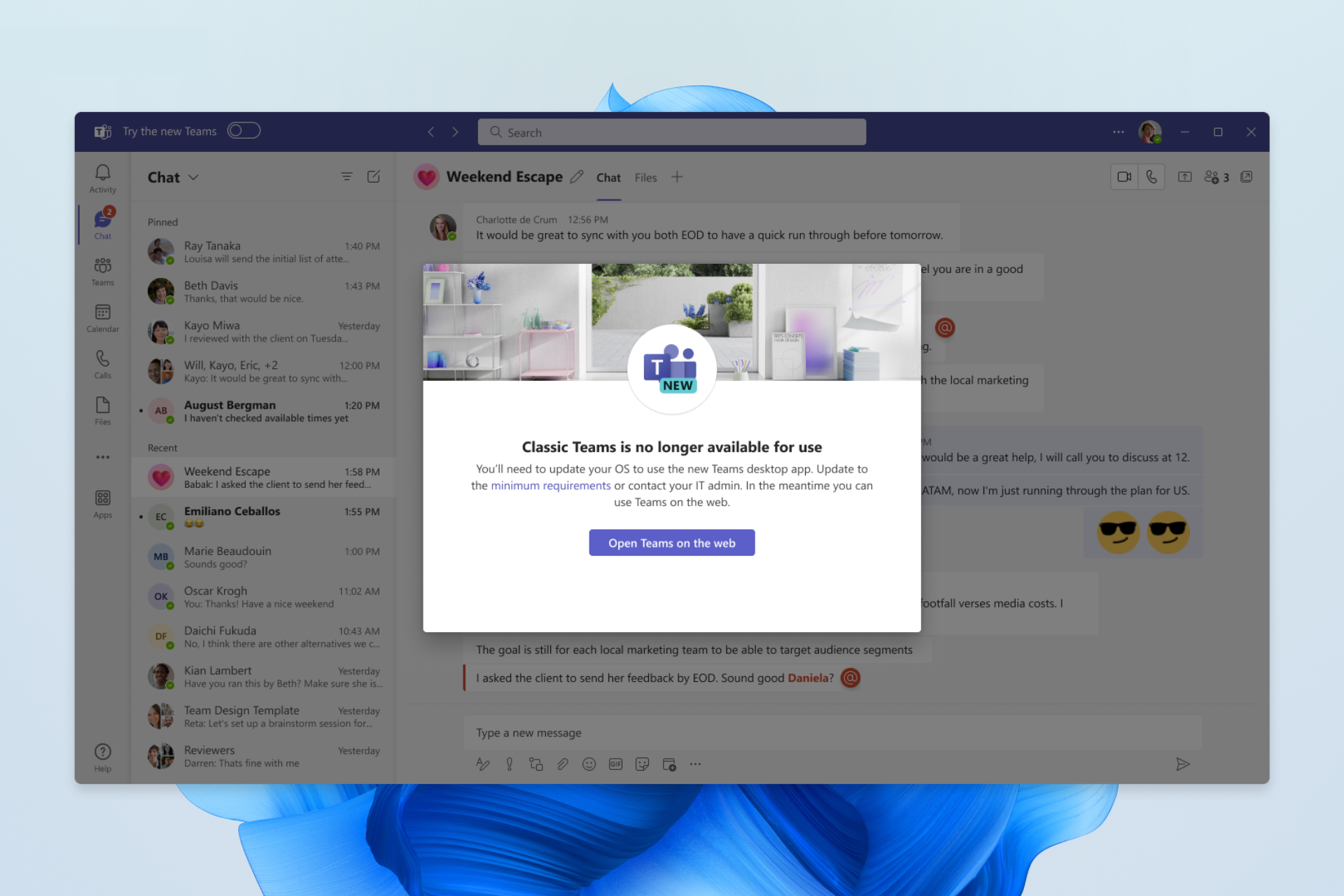Windows Virtual Desktop is now the perfect tool for IT pros
2 min. read
Updated on
Read our disclosure page to find out how can you help Windows Report sustain the editorial team Read more
Key notes
- After an April public preview release of Azure portal integration, and A/V redirect in Microsoft Teams, Microsoft announced that both features are now generally available.
- With the new A/V redirect feature in Windows Virtual Desktop, the audio and video will be handled locally for Microsoft Teams calls and meetings.
- Azure is an extremely important business tool. Read more about it in our Microsoft Azure section.
- Are you interested in more information about software? Head over to our Software Hub then.
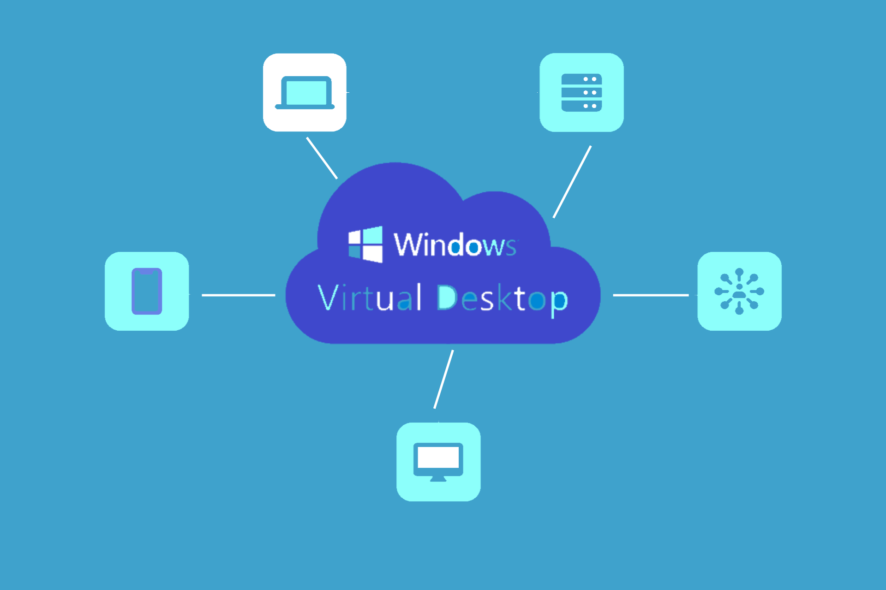
For those who are not familiar with Windows Virtual Desktop, it is a Microsoft Azure-based system for virtualizing the Windows OS by providing virtualized desktops and applications in the cloud.
After an April public preview release of Azure portal integration, and A/V redirect in Microsoft Teams, boosted by amazing feedback from the IT pros, Microsoft announced that both features are now generally available.
Both features are part of the Windows Virtual Desktop and they are designed to make the life of the IT professionals easier.
What is Azure portal integration?
The Azure portal integration is in fact the implementation of a simple interface that can be used to deploy and manage the apps and virtual desktops.
It can also be used to create host pools, workspaces, and all other Azure Resource Manager objects and you can manage them the same way you manage other Azure resources.
Microsoft specifies that if you have existing deployments based on the classic model you can still use it.
A/V redirect will be handled locally for Microsoft Teams
As Microsoft Teams is intensively used by people working at home, Microsoft also considered improving the way in which calls and meetings are managed.
Since virtual desktops are not so great at audio and video conferencing, with the new A/V redirect feature in Windows Virtual Desktop, the audio and video will be handled locally for Microsoft Teams calls and meetings.
Microsoft also added guides on how to create a host pool with the Azure portal and on how to use Microsoft Teams on Windows Virtual desktop.
Are you an IT professional using Azure? Are you excited about the new features? Tell us your story in the Comments section below.

